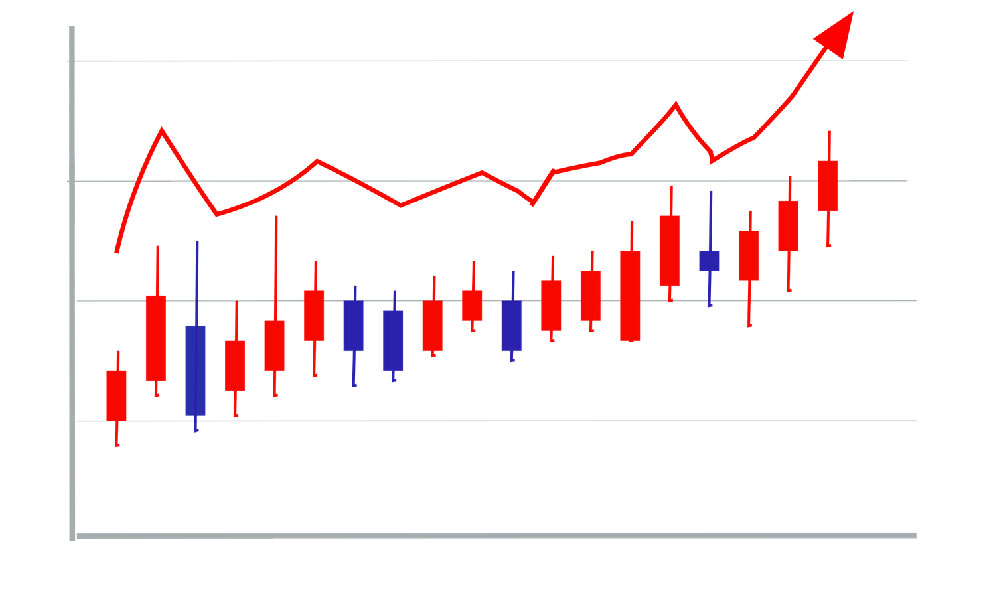
Investing wisely is not a one-size-fits-all endeavor. It's a journey tailored to individual circumstances, risk tolerance, and financial goals. The "best options" are inherently subjective, dependent on factors like age, income, time horizon, and overall comfort level with potential losses. Maximizing returns, while a universal objective, must always be balanced with the crucial principle of managing risk. Let's explore some prevalent investment avenues and strategies to help you navigate this complex landscape.
A cornerstone of many investment portfolios is the stock market. Investing in stocks, or equities, means owning a share of a publicly traded company. The potential for high returns is undeniable, as the value of a company can increase significantly over time due to factors like innovation, market expansion, and strong financial performance. However, the stock market is also inherently volatile. Economic downturns, industry disruptions, or even negative news surrounding a specific company can cause stock prices to plummet.
There are several ways to participate in the stock market. Individual stock picking involves researching and selecting specific companies to invest in. This approach can be rewarding if successful, but it requires significant time, knowledge, and a willingness to accept higher risk. Alternatively, investors can opt for mutual funds or Exchange-Traded Funds (ETFs). These funds pool money from multiple investors to purchase a diversified basket of stocks, bonds, or other assets. Mutual funds are actively managed by professional fund managers who aim to outperform the market, while ETFs typically track a specific market index, such as the S&P 500, and offer lower fees.

Another essential component of a well-diversified portfolio is bonds. Bonds are essentially loans that investors make to governments or corporations. In return, the borrower promises to pay back the principal amount along with interest payments over a specified period. Bonds are generally considered less risky than stocks, as their value tends to be more stable, especially government-issued bonds. However, they also typically offer lower returns. Bonds play a vital role in mitigating overall portfolio risk and providing a steady stream of income.
Real estate is another popular investment option, offering the potential for both capital appreciation and rental income. Investing in physical properties, such as residential homes or commercial buildings, requires a significant upfront investment and ongoing management responsibilities. However, it can also provide a tangible asset that appreciates in value over time and generates passive income through rent. Real Estate Investment Trusts (REITs) offer a more accessible way to invest in real estate without directly owning properties. REITs are companies that own and operate income-generating real estate, and they distribute a significant portion of their profits to shareholders in the form of dividends.
Beyond these traditional asset classes, there are alternative investments, such as precious metals like gold and silver, commodities like oil and gas, and even cryptocurrencies like Bitcoin. These investments can offer diversification benefits and the potential for high returns, but they also come with significant risks and require a deep understanding of the underlying markets. Cryptocurrencies, in particular, are highly volatile and speculative, and should only be considered by investors with a high risk tolerance and a long-term investment horizon.
Now, let's delve into strategies for maximizing returns while managing risk. The first and most crucial step is to define your investment goals. What are you saving for? Retirement, a down payment on a house, your children's education? Understanding your goals will help you determine the appropriate time horizon and risk tolerance.
Asset allocation is the process of dividing your investment portfolio among different asset classes, such as stocks, bonds, and real estate. A well-diversified portfolio reduces risk by spreading your investments across different sectors and industries. The ideal asset allocation depends on your individual circumstances, but a general rule of thumb is that younger investors with a longer time horizon can afford to take on more risk by allocating a larger portion of their portfolio to stocks, while older investors with a shorter time horizon should allocate a larger portion to bonds.
Dollar-cost averaging is a strategy that involves investing a fixed amount of money at regular intervals, regardless of market conditions. This helps to reduce the risk of buying high and selling low, as you are automatically buying more shares when prices are low and fewer shares when prices are high. Over time, this can lead to higher returns than trying to time the market.
Rebalancing your portfolio is essential to maintain your desired asset allocation. Over time, some asset classes will outperform others, causing your portfolio to drift away from its original allocation. Rebalancing involves selling some of the overperforming assets and buying more of the underperforming assets to bring your portfolio back into alignment.
Tax-advantaged accounts, such as 401(k)s and IRAs, can help you save money on taxes while investing for the future. Contributions to these accounts may be tax-deductible, and earnings grow tax-deferred until retirement. Understanding and utilizing these accounts can significantly boost your long-term returns.
Finally, continuously educate yourself about investing. The financial markets are constantly evolving, and it's important to stay informed about new investment opportunities, market trends, and economic conditions. Read financial news, attend seminars, and consult with a qualified financial advisor to enhance your knowledge and make informed investment decisions.
In conclusion, investing wisely requires a thoughtful and personalized approach. There's no magic bullet or guaranteed path to riches. By understanding your goals, assessing your risk tolerance, diversifying your portfolio, and continuously educating yourself, you can increase your chances of achieving your financial aspirations and building a secure future. Remember, patience and discipline are key to long-term investment success.





